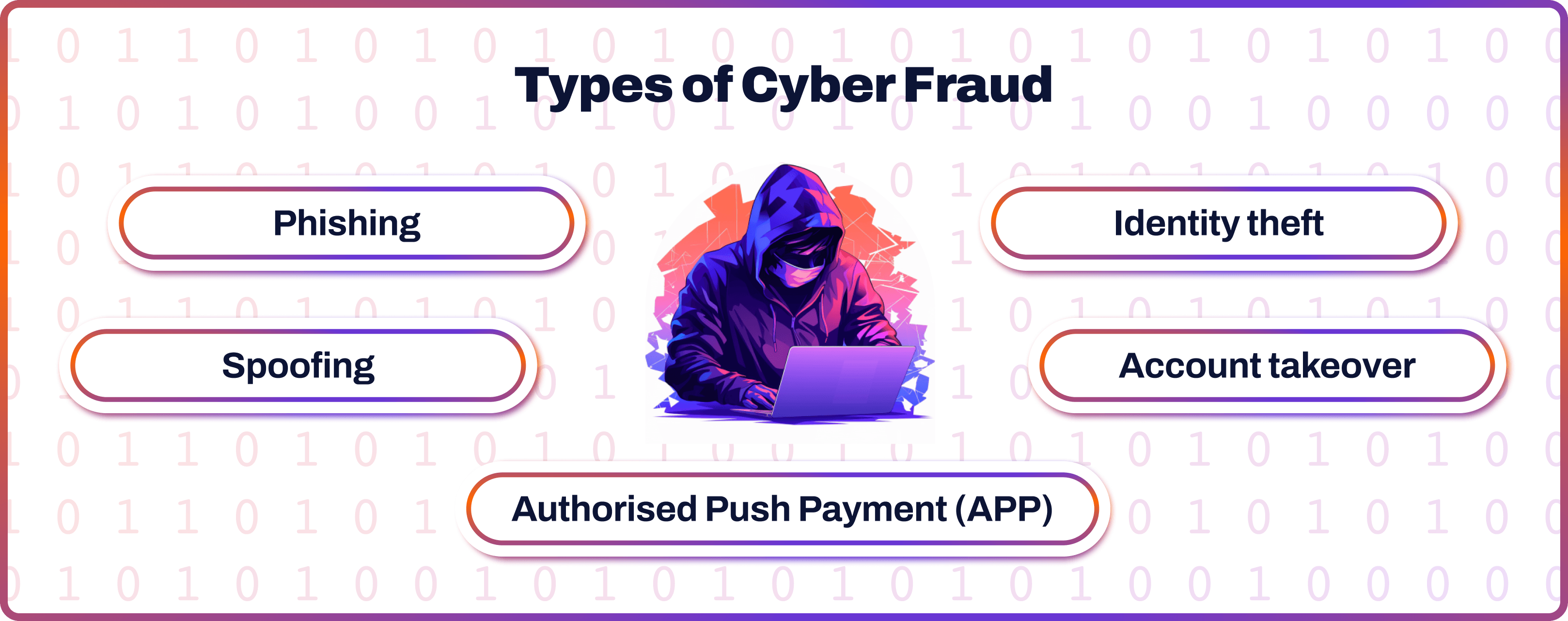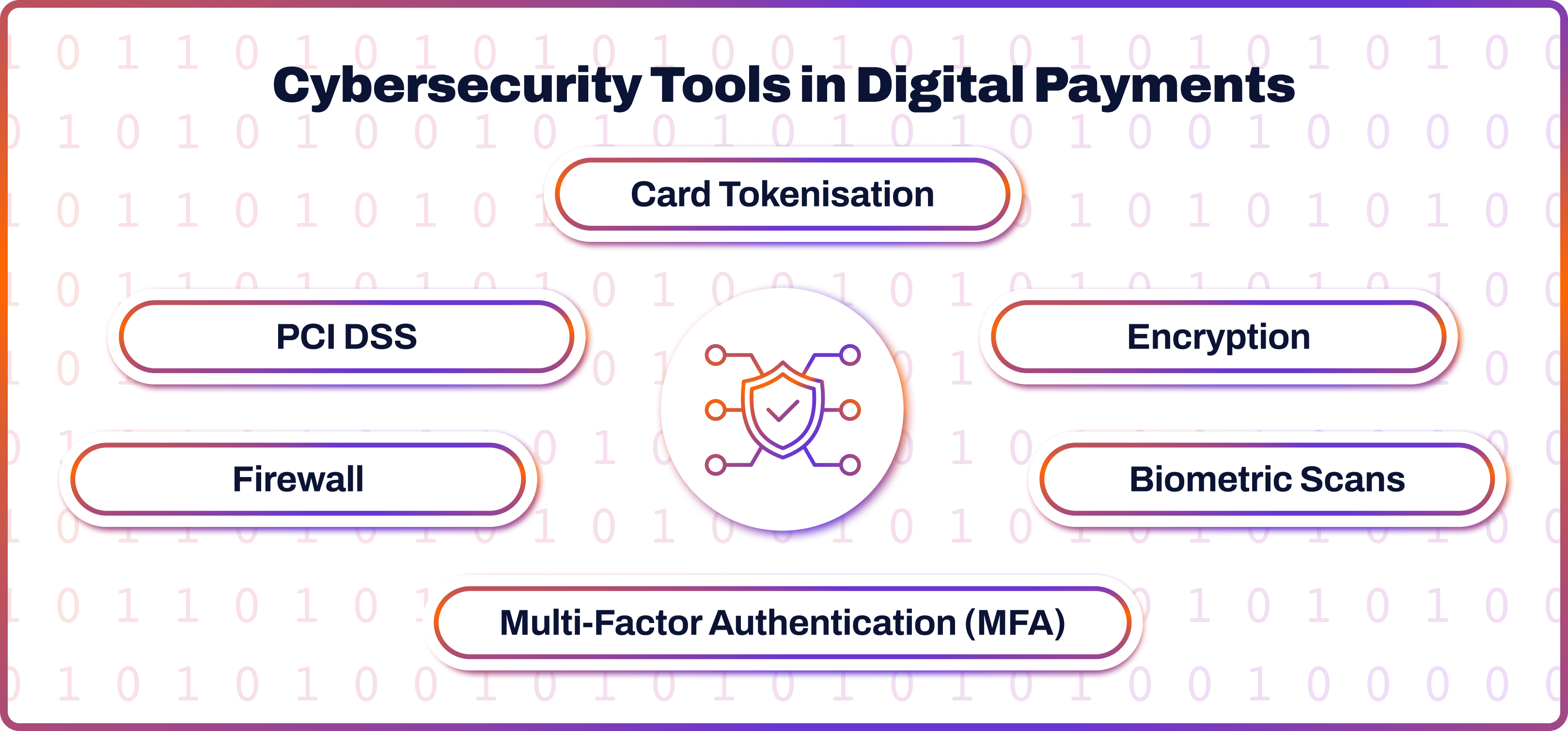
As the world goes digital, criminals are turning to the cyber world, too. Since the COVID-19 pandemic has fuelled rapid global digitalisation, cybercrime is now cited as one of the key risks for businesses worldwide.
According to the IT Governance, there were 1,064 security incidents in 2022, resulting in 480,014,323 data breaches. Meanwhile, in 2020, at the cusp of the global pandemic, more than $1tn was lost due to cybercrime, according to a report by Sift.
Digital payments, meanwhile, provide a fruitful ground for criminal hackers. Accepting payments online is not a luxury anymore but a must-have feature for a successful business. With e-commerce sales predicted to reach $8.1tb by 2026 by Statista, criminals continue to develop new techniques to outsmart defences.
Like never before, an efficient and up-to-date cybersecurity stack is crucial to ensure the security of digital payments. Here, we take a look at the key cybersecurity trends and tools that can help protect businesses and their clients.
Types of Cyber Fraud
As cyber criminals expand their arsenal, the nature of attacks evolves, too. To date, there is a high variety of cyber fraud, each type requiring a tailored security strategy.

Phishing
Phishing involves tricking individuals into revealing sensitive information to scammers. This could be login credentials or payment details. Criminals do so by sending deceptive emails or creating websites that mimic legitimate sources.
Identity theft
The name of this cyber fraud is self-explanatory - criminals impersonate an individual by stealing their personal information. Hackers would then make payments or open accounts in their name.
Account Takeover
Cybercriminals steal credentials and gain access to a payment account. This could be a bank account or a digital wallet. Criminals would then make unauthorised payments. Sift found that in 2023, account takeover attacks have risen by 354%, with fintechs hit especially hard.
Spoofing
Spoofing is when a criminal or a program they created imitates a trusted source to spread malware or steal data. For example, an attacker may do so via email or a phone call, making it look like it is coming from a legitimate address. There are various ways of spoofing: through GPS, websites, and even IP addresses, where the criminal impersonates another computer system.
APP Fraud
Authorised push payment (APP) fraud happens when a fraudster is posing as a bank or another trusted organisation and deceives a victim into sending them money. In the UK alone, APP fraud losses amounted to £293,3m in the first half of 2023, with £42.6m of it being business losses.
Cybersecurity Tools in Digital Payments
Fortunately for businesses, cybersecurity tools are there to mitigate the risks. As the efforts of criminals expand, cybersecurity companies are stepping up with advanced solutions. According to Fortune Business Insights, the global cybersecurity market size is projected to grow from $172.32bn in 2023 to $424.97 billion in 2030.
There is a variety of modern tech in the cybersecurity arsenal, from card tokenisation to multi-factor authentication, biometric scans, and more. Let’s take a look at the most popular tools.

Card Tokenisation
In the world of payments, card tokenisation is a system that encrypts sensitive financial data, such as a card number, into a unique code called a token. The tokens cannot be reverse-engineered or decoded to access the original information.
This mechanism is used in digital transactions to ensure unauthorised parties cannot access the data, protecting how the card details are stored and processed.
Encryption
Encryption is similar to tokenisation in its concept, yet the mechanisms behind them are different. Encryption converts data into a coded message that can only be understood by an authorised party.
The process involves using algorithms to transform readable information into an unreadable format. This ensures transaction data is protected from criminals.
Firewall
A firewall is a network security system that monitors incoming and outgoing network traffic based on predetermined security rules. In other words, a firewall acts as a barrier between internal and external networks, preventing criminals from access.
Biometric Scans
Biometric scans are the future of verification technology. They employ a person's distinct physical characteristics, like fingerprints, voice, retina, or facial patterns, to confirm their identity. This technology is a powerful tool for e-commerce payments security, offering a defense against identity theft and impersonation fraud.
Multi-Factor Authentication
Multiple-factor authentication (MFA) is a process of verifying identity with several authentication factors. MFA involves using multiple security measures from different categories, making unauthorised access significantly harder for attackers. The authentication factors include:
- Knowledge: This could be something a user knows, like a password or an answer to a security question.
- Possession: This includes their devices like a laptop or a mobile phone.
- Inherence: This is something a user possesses inherently, like their fingerprint or facial features.
PCI DSS
PCI DSS, an industry security standard designed to secure cardholder data, was developed to ensure safety across the payments industry. The protocol was recently updated to PCI DSS 4.0. It involves 12 key requirements:
- Install and maintain a firewall configuration to protect cardholder data
- Do not use vendor-supplied defaults for system passwords and other security parameters
- Protect stored cardholder data
- Encrypt transmission of cardholder data across open, public networks
- Use and regularly update anti-virus software or programs
- Develop and maintain secure systems and applications
- Restrict access to cardholder data by business need to know
- Assign a unique ID to each person with computer access
- Restrict physical access to cardholder data
- Track and monitor all access to network resources and cardholder data
- Regularly test security systems and processes
- Maintain a policy that addresses information security for all personnel
If you are a business using an external payments processor, always ensure the company is PCI DSS compliant.
Fintech and Cybersecurity
Many fintech businesses deal with internet payments and, hence, are vulnerable to cyber-attacks. The attacks faced by the fintech companies are equivalent to those discussed in this article: phishing, identity theft, account takeover, spoofing, and APP fraud. Firms may also encounter malware attacks, money laundering risks, insider threats, and compliance issues.
Fintech's cybersecurity approach would look similar to any other type of business that involves digital payments. To protect themselves, companies should follow the abovementioned tools: card tokenisation, encryption, MFA, firewall, and biometric scans. If they deal with payments directly, PCI DSS compliance is essential.
Secure Payments with Noda
Elevate your business with Noda’s payments and open banking solution. Our all-in-one platform prioritises customer understanding, efficient operations, and growth.
Noda is a worldwide payment and open banking provider for seamless and secure business transactions. From payment facilitation to financial analytics, Noda has got you covered. Our platform uses cutting-edge AI and machine-learning technologies. Your payments are our priority.
FAQs
What are the latest cybersecurity trends in the payments industry?
The latest trends of cybersecurity in payments include tools like card tokenisation, encryption, firewalls, biometric scans, and multi-factor authentication. PCI DSS plays a crucial role in setting the industry standard in cybersecurity.
Why is cybersecurity important in fintech?
The importance of cybersecurity in fintech comes with the fact that fintech companies often work with sensitive financial information. For example, some fintech firms may process payments on behalf of clients. Therefore, they are often targets of cybercriminals. Cybersecurity for fintech involves tools similar to those used in the payments industry: tokenisation, encryption, firewall, biometric scans, multi-factor verification, and others.
Latest from Noda

Plaid Review for Merchants: Data, Payments, Pros & Cons, and More

Open Banking Costs in the UK: What Ecommerce Merchants Should Know

How Does Open Banking Work? Guide for Merchants & Businesses


